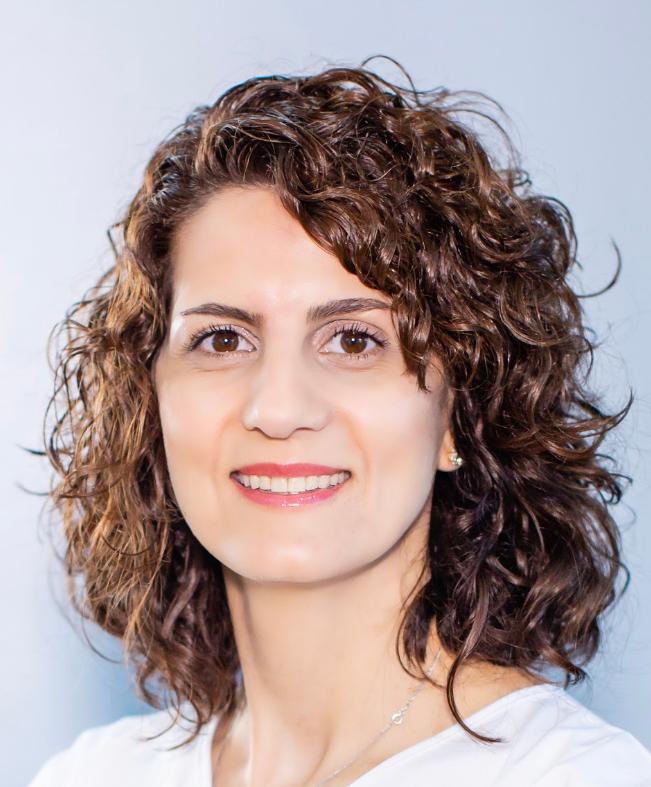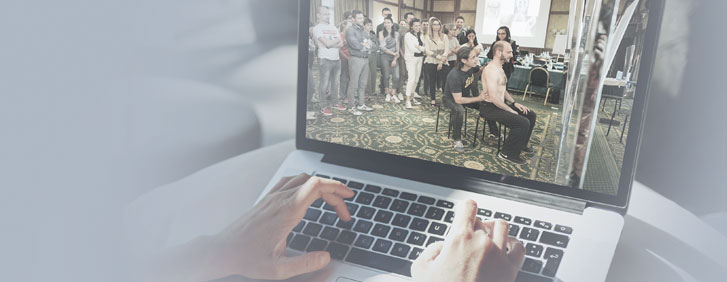The interview

Jumana Qaqish, Dubai
What is your position?
I am a musculoskeletal physiotherapist.I work in a relatively small private physiotherapy clinic.
Treatment of scoliosis:
Here in the UAE, there is a diversity of schools of treatment for scoliosis, especially in Dubai, where I work. There are doctors from all over the world, coming from different medical backgrounds and following various protocols. Therefore, rehabilitation protocols for scoliosis depend hugely on the doctor, be it the paediatrician, the orthopaedic doctor/ surgeon, or even the neurological doctor/surgeon.
Commonly, the doctor asks for an X-ray for the patient (PA and lateral) no matter how mild or severe their clinical symptoms are. That is because health insurance will require diagnostic imaging “proof” in order for them to cover any further steps recommended by the doctor, like physiotherapy, for example.
The next step will depend on the X-ray results: either surgery or a brace prescription, so referral to an orthotist, or exercises, so referral to a physiotherapist.
There are only a few physiotherapists in Dubai who are specialised in scoliosis treatment following a specific conservative method, like the Schroth method, for example. Due to that, there is a lack of awareness amongst patients and, more importantly, amongst doctors regarding the effectiveness of conservative treatment of scoliosis.
Regarding follow-ups, the patient will have to see the doctor at a certain interval of 3, 6, or 12 months, depending on the age and severity of the deformity. Of course, the orthotist is responsible for any modifications to the brace, and the physiotherapist is the third member of the patient's rehabilitation process.
Treatment of spine disease:
More or less, the treatment path of any spine problem, like neck or low back pain, is: diagnostic imaging, starting with an X-ray, then an MRI (if the X-ray is clear), then referral to physiotherapy, injections, or surgery.
What would I like to change?
I would like to:
-
Increase awareness of scoliosis in general amongst parents, maybe through seminars in schools, to help with early diagnosis. Start screening programmes in schools.
-
Standardise the treatment protocol according to the SOSORT guidelines and stay up-to-date on any changes in the guidelines. Make these guidelines part of the UAE’s rehabilitation guidelines applied in all disciplines.
-
Build scoliosis rehabilitation teams all around the country, or at least in the Emirate I work, containing the MD, orthotist, and physiotherapist, and maybe a psychologist, following the same guidelines and keeping the patient in the centre to guarantee the best up-to-date treatment for the patient.
What can the Scoliosis Online Master Course PPSCT give you, and how do you think you can apply this knowledge in your daily clinical practice?
From the first module, I started learning about new objective tools for assessment, new software, and applications for diagnostic measurements, which I already started to use in my daily assessment. The knowledge I am gaining will open my eyes to the holistic and multidisciplinary approach to treating scoliosis, unlike the narrow lens through which I am seeing the deformity.

